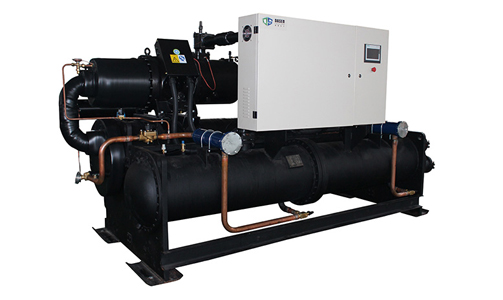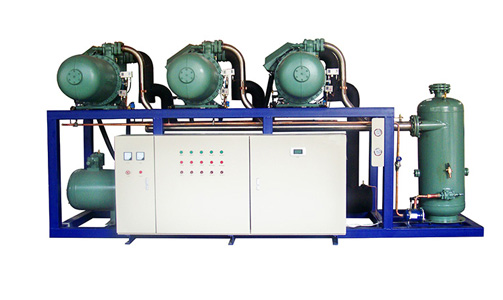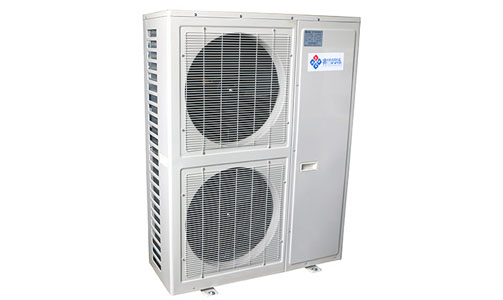Water-cooled chiller systems are widely used in commercial, industrial, and institutional settings to provide cooling for buildings and processes. These systems offer efficient and reliable cooling by using water as a medium to remove heat from the system. In this guide, we will explore the components, operation, advantages, and maintenance of water-cooled chiller systems.
Components of a Water-Cooled Chiller System:
A typical water-cooled chiller system consists of the following components:
a. Chiller Unit: The chiller unit contains the compressor, condenser, evaporator, and expansion valve. It is responsible for removing heat from the process or building and transferring it to the cooling water.
d. Water Treatment System: A water treatment system is often included to maintain the quality and cleanliness of the cooling water. It helps prevent scaling, corrosion, and biological growth in the system.
e. Controls and Instrumentation: Controls and instrumentation monitor and regulate the operation of the chiller system, including temperature, flow rates, and pressure.

Water-Cooled Screw Chiller
Operation of Water-Cooled Chiller Systems:
The operation of a water-cooled chiller system involves the following steps:
a. Refrigeration Cycle: The refrigeration cycle starts with the compressor, which compresses the refrigerant gas, raising its temperature and pressure. The high-pressure gas then flows to the condenser, where it releases heat to the cooling water and condenses into a high-pressure liquid.
b. Heat Rejection: The high-pressure liquid refrigerant flows through the expansion valve, which reduces its pressure. This causes the refrigerant to evaporate in the evaporator, absorbing heat from the process or building being cooled. The low-pressure gas returns to the compressor to start the cycle again.
c. Cooling Water Circuit: The cooling water circuit involves the circulation of water between the chiller unit, cooling tower, and the process or building being cooled. The cooling tower removes heat from the cooling water, which is then circulated back to the chiller unit to absorb heat again.
Advantages of Water-Cooled Chiller Systems:
Water-cooled chiller systems offer several advantages:
c. Quiet Operation: Water-cooled systems are typically quieter than air-cooled systems because the major noise-producing components, such as condenser fans, are located in the cooling tower, which can be positioned away from occupied spaces.
For more information, please contact us. We will provide professional answers.







